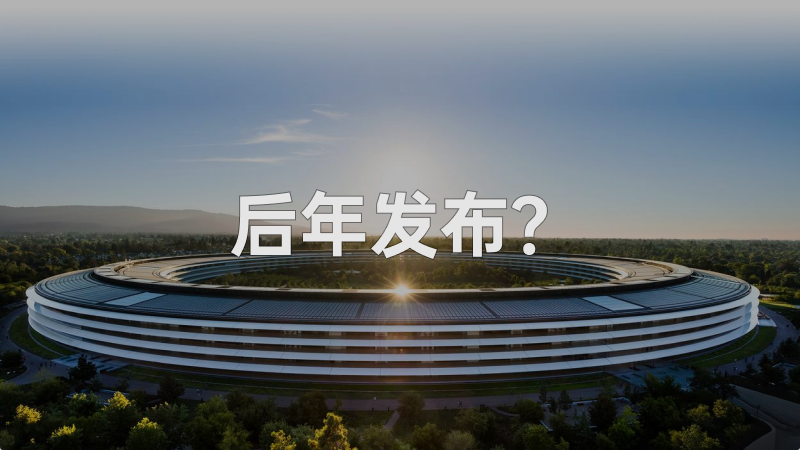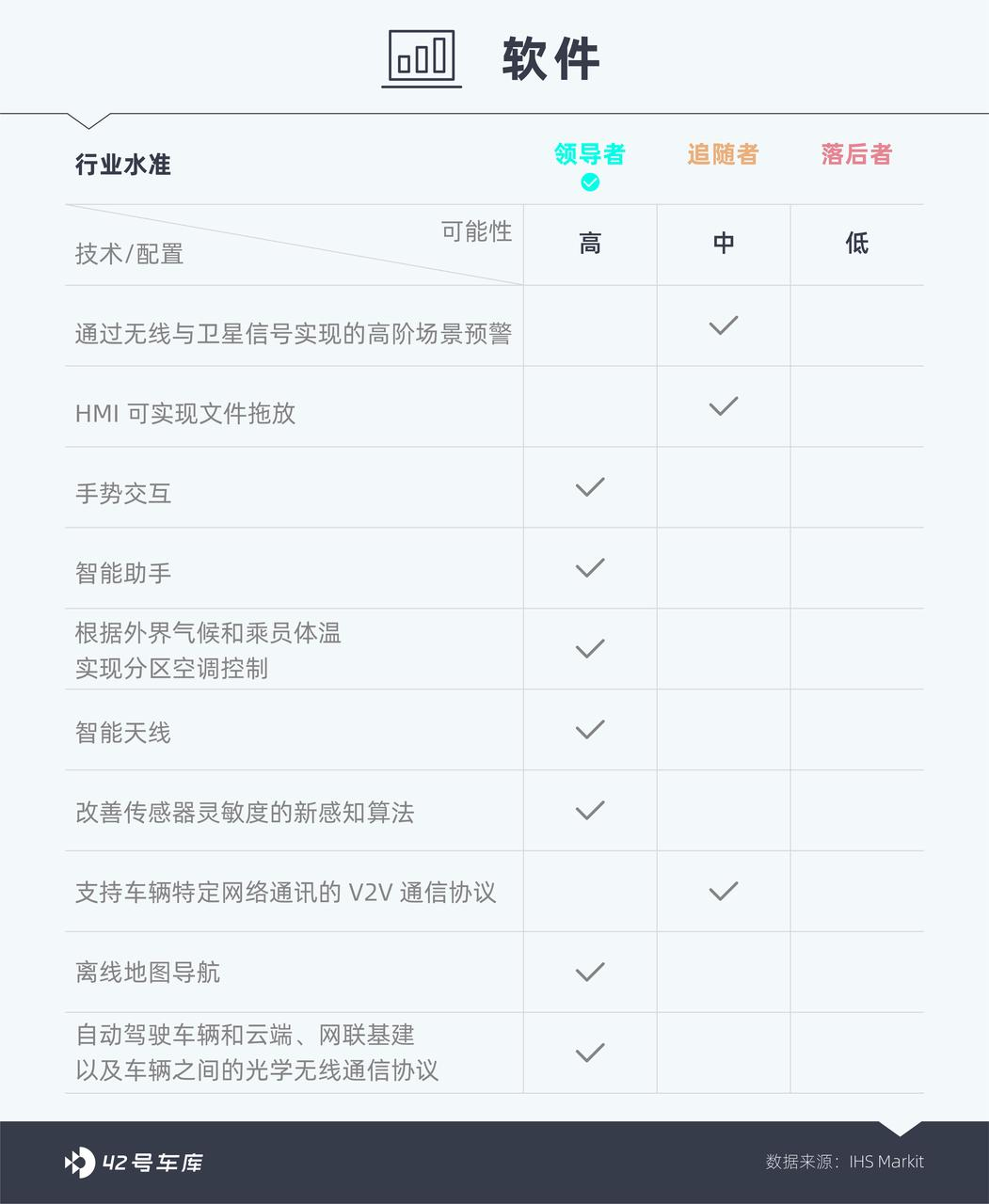IHS Markit, a well-known information institution, recently released a report on Apple’s car project. The report, with content that is short and to the point, has summarized five key questions and eight technical areas about the Apple car, which were compiled by ten researchers from different fields such as the supply chain, assisted driving, semiconductor sensors, and vehicle dynamics within IHS Markit. They write that there is a 50% chance that the “Apple electric car” will debut in 2024.
Background of Apple’s Car Project
Apple was first reported to enter the automotive industry in 2014. At that time, the Model S still had a shark nose front face, and the assisted driving hardware was based on Mobileye EyeQ3, a monocular camera, a forward millimeter-wave radar, and 12 ultrasonic radars on HW1. The news that Apple CEO Tim Cook had approved the development of a pure electric car that supports advanced assisted driving capabilities first surfaced.
From 2015, when Apple refitted two Lexus RX cars as test vehicles, to 2021 when it was reported that Apple had reached a six-year partnership with South Korean automaker Hyundai, Apple had been poaching people from all walks of life, publicly expressing an interest in developing autonomous driving systems, assembling a test fleet of more than 60 vehicles, acquiring technology company Drive.ai, and changing team AI executives… Apple’s progress on the project has been somewhat unremarkable.
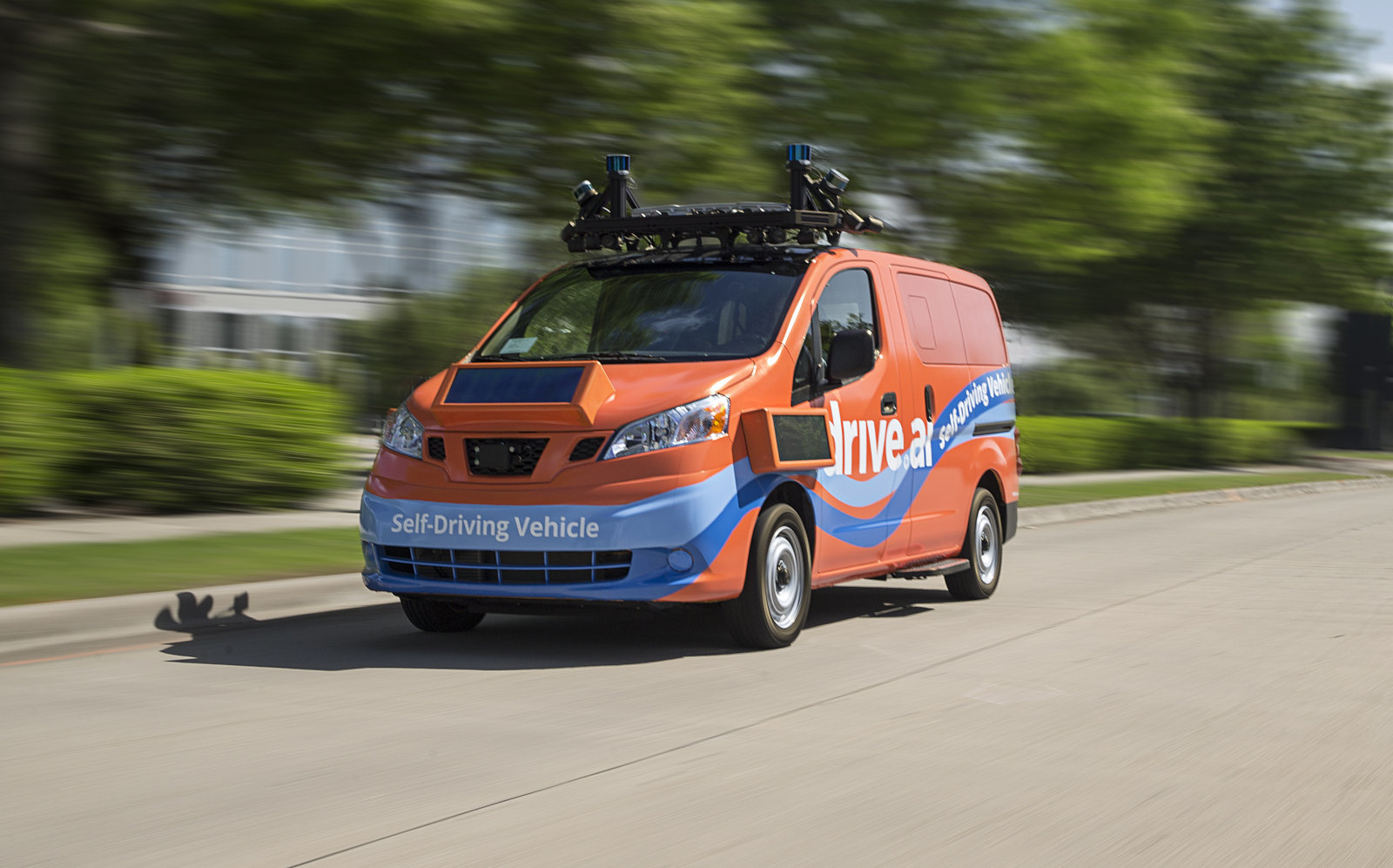
Apple’s large projects have always been secretive. The rumors of the project being terminated have also made this electric car somewhat unpredictable. In this report, IHS Markit did not delve too much into this part of the content but listed the five key questions that people are most interested in with regards to the Apple car.
Five Key Questions about Apple’s Car
Q1: Will Apple mass-produce the “Apple Car”?
Certainly, ever since Steve Jobs held the first-generation iPhone and caused a sensation in the consumer electronics market, Apple has always left people with the impression of “silent before opening and amazing when released”. The excellent traditions of Apple products in terms of hardware, software, and user experience have given a credit endorsement to this car: if Apple produces it, it must be an exquisite product.
Apple will only launch products when it is confident that it will become the best in the industry. In other words, even after extensive exploration and investment, if it cannot meet Apple’s standards, the project will be abandoned. The wireless charging pad AirPower, which Apple supported for freely placing devices and the iPhone 8, was unveiled at the same event but was quietly withdrawn in 2019 with a label of “unable to meet our high standards” by an email from Apple engineers.IHS Markit believes that Apple’s investment in the automotive field since 2014 is of strategic significance. Although it is unclear what Apple has achieved in the automotive field in the past eight years – whether it is a vehicle like the Tesla Model S or a passenger car solution like Huawei’s. IHS Markit points out that although it is unclear what the ultimate form of Apple’s car project will be, the possibility of successful launch of Project Titan exceeds 50\%. Even in the automotive field, Apple cannot temporarily gain an advantageous market share like in the consumer electronics field (products such as the iPhone, Mac, and Apple Watch).
Q2: What will an Apple car look like?
IHS Markit has not yet confirmed which area of the automotive field Apple will focus on, but assuming the Apple car is primarily for families, the size of this car may be between the Tesla Model X (mid-size SUV) and the Honda SUV e:concept (compact SUV).
The core of Apple’s products is “providing the best user experience,” and the Apple car is no exception. However, nothing is absolute, and Apple has examples of compromising user experience for performance and design: the earphone jack was removed and a uniform Type-C interface replaced the magsafe and USB interfaces in the iPhone 7 series to improve transmission and charging speed.
He XPeng, CEO of XPeng Motors, said in 2021 that the core of autonomous driving technology is data. According to information from public channels, Apple’s “more than 60” testing fleet of cars, even if they have been continuously road-tested since 2014, it is difficult for Apple to have a significant advantage in assisted driving based on data accumulation alone—IHS Markit believes that from patent and road test analysis, Apple’s car may not have a significant advantage or breakthrough in assisted driving and battery technology. The focus of the product should be on design and functionality.
Q3: When will the Apple car be released?
IHS Markit’s answer to this question is straightforward: there are rumors that Apple will launch its pure electric car corresponding to Project Titan in 2024, but this time window is very tight. Considering the procurement, industrial production and manufacturing cycle, if Apple really intends to release a car in 2024, it is likely that this car will be designed and produced in cooperation with existing manufacturers or suppliers. However, if the production of the Apple car depends on other partnerships for manufacturing, the annual output may not reach the expected 150,000 vehicles.
Q4: Self-development or partial integration?IHS Markit believes that partnering with large OEMs (Original Equipment Manufacturers) can allow Apple to avoid redesigning new manufacturing processes, and avoid the need for hands-on production like Tesla does. Tesla’s focus in all areas is on providing customer-oriented features and services, and shortening delivery times.
If Apple wants to replicate its success in the consumer electronics industry, it will need to strictly control the development and integration of hardware and software. However, doing so will also turn OEM partners into mere contractors, which is a role that many OEMs do not want to be in.
Q5: What are the advantages and disadvantages of becoming an Apple supplier?
IHS Markit believes that the likelihood of Apple partnering with suppliers such as Magna or LG is higher than relying on traditional automotive OEM suppliers. LG is very likely to collaborate with Apple on automotive projects, as LG is already part of Apple’s current supply chain. Winning the Apple car project would be a strong endorsement, but given Apple’s ambitions in all aspects, working with Apple to build cars will be a challenging task.
Key technology predictions for Apple car
Level of driver assistance
Laser radar is more likely to be used for perception inside the vehicle, including facial recognition and gesture control.
For Apple, it is a breeze to use laser radar to complete the functions of an intelligent cockpit in the interior. The iPhone 12 Pro series and the same period iPad Pro already use small laser radar, which has sufficient scanning accuracy and area for cabin environment perception and gesture recognition, and Face ID, which meets the security requirements of payments, is also easy to unlock vehicles and identify users.
For Apple, launching vehicles with L4 level driver assistance capabilities directly is a “huge gamble”: in addition to regulatory approval from regulatory agencies around the world, the charging policies for related mobile travel services also need further approvals.
Mobility as a service (MaaS) business based on autonomous driving technology can expand the scope of Apple’s software ecosystem and user experience very well. And companies that provide existing MaaS businesses (such as Google Waymo, General Motors’ Cruise, etc.) do not produce vehicles themselves. Apple’s car production capacity and potential future MaaS businesses are well matched. However, for non-commercial use of Apple cars, vehicles are likely to support human-machine co-driving from the beginning, including basic ADAS functions such as automatic emergency braking (AEB), at the L2 or L3 level.
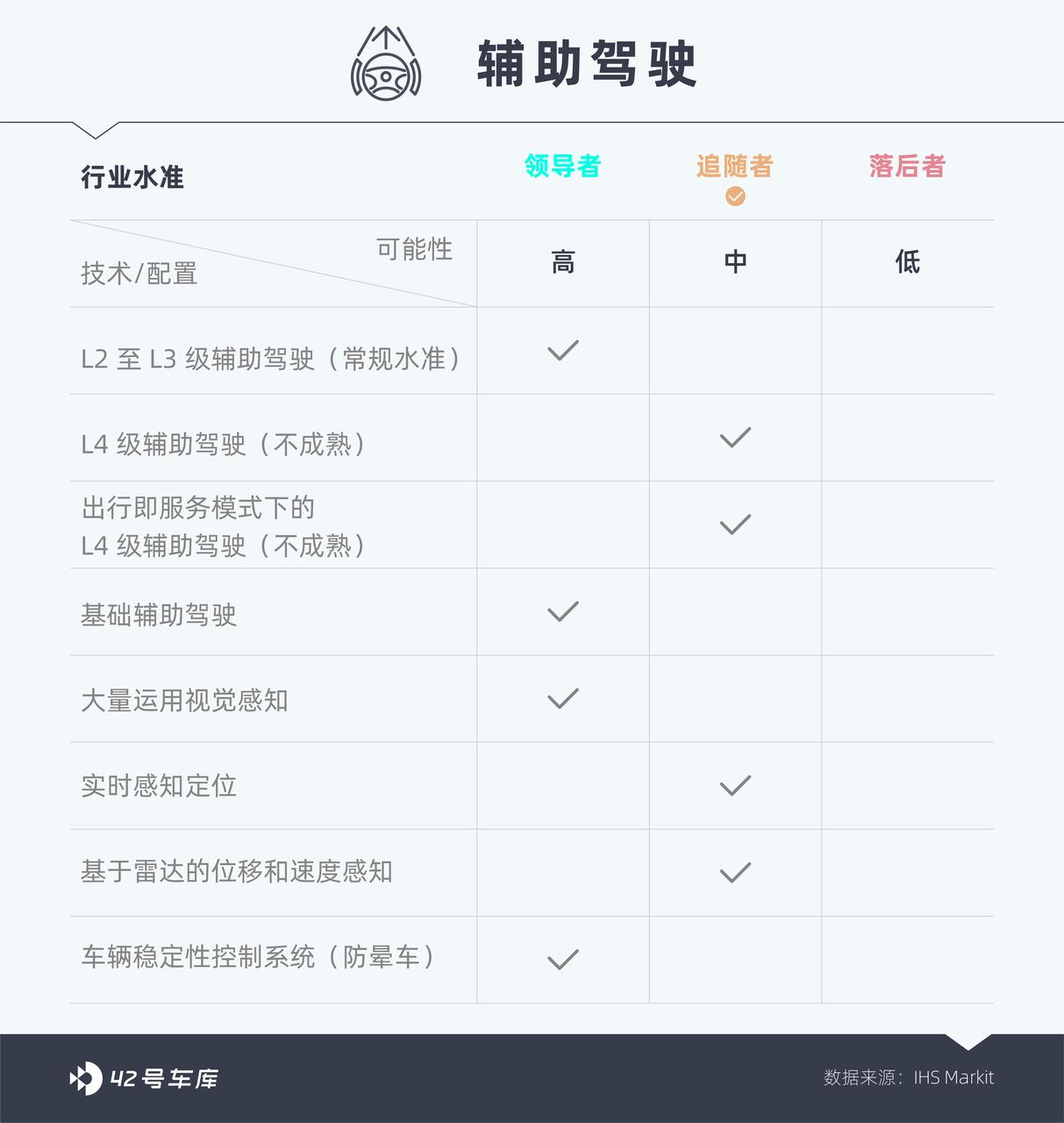
Development of automotive applications# Translation
In several aspects that can make Apple Car stand out, Apple’s app ecosystem and cloud services will certainly play an important role. Apple is almost certain to embed the App Store in the cars it designs and manufactures, and it is highly likely that Apple will provide developer-friendly development frameworks to help third-party developers write software applications for Apple Cars.
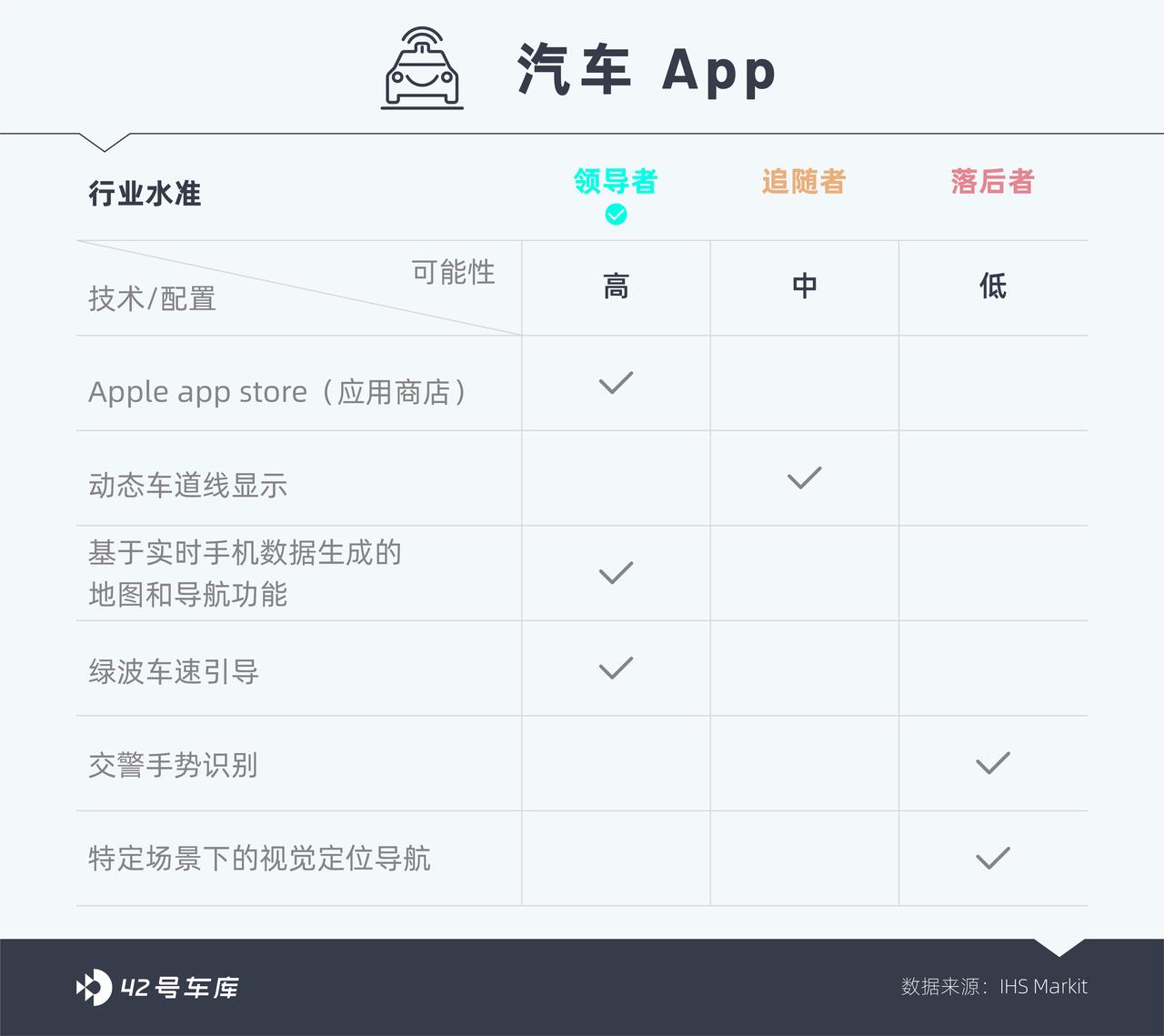
V2X (Vehicle-to-Everything)
Apple is very likely to equip vehicles with 5G-based V2X functions.
With Apple’s investment in research and development in the field of assisted driving and automation, V2X technology is expected to appear on the cars designed by Apple. V2X is also one of the most active areas in Apple’s patent applications, including navigation interface, message notification style, data source selection, and recognition of non-standard road information.
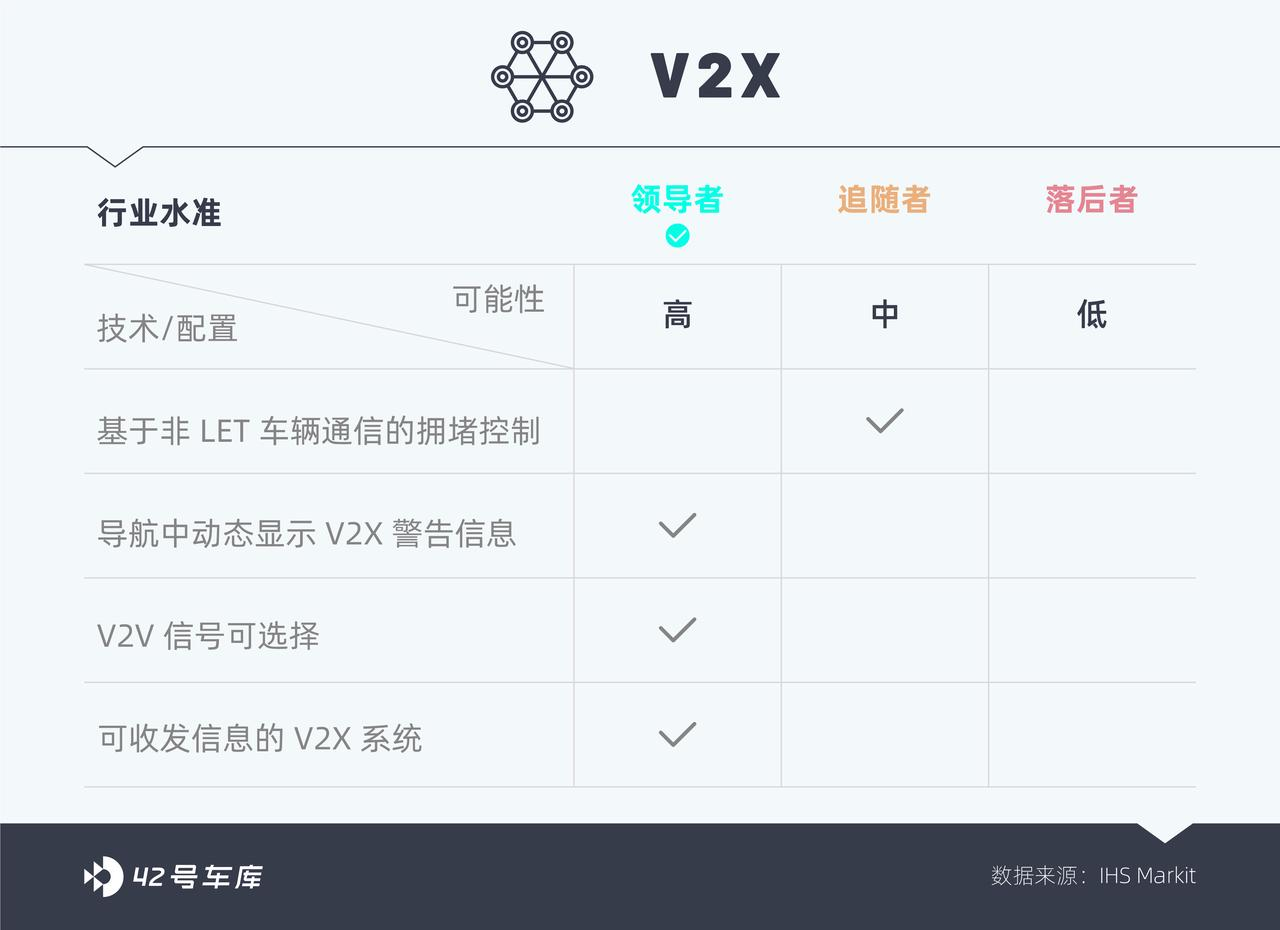
Power Battery
In addition to many battery companies in China, SK Innovation of South Korea is also a strong competitor for Apple’s car battery technology cooperation.
The design of the power battery for Apple Car project depends largely on whether Apple will design and develop it on its own and delegate it to ODM manufacturers for production (such as Foxconn, LG, and Magna), or directly use existing vehicle platforms or solutions from other OEMs. The battery pack assembly under different solutions will be very different.

Body Structure and Materials
Apple has applied for a patent for a four-wheel independent mechanic application for vehicles, competing with smart chassis suspension companies such as ClearMotion.
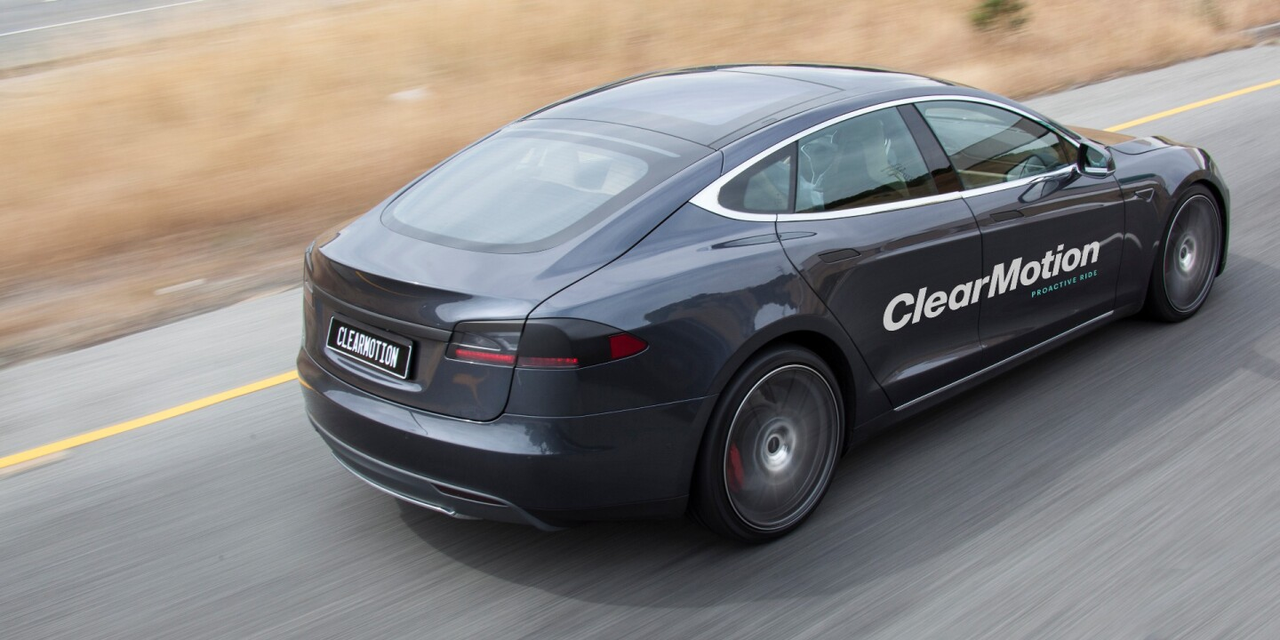
The white body structure design of the Apple Car project will be dedicated to meeting current and future safety standards, ensuring that it can pass the newly added collision safety tests without changing the body structure design.
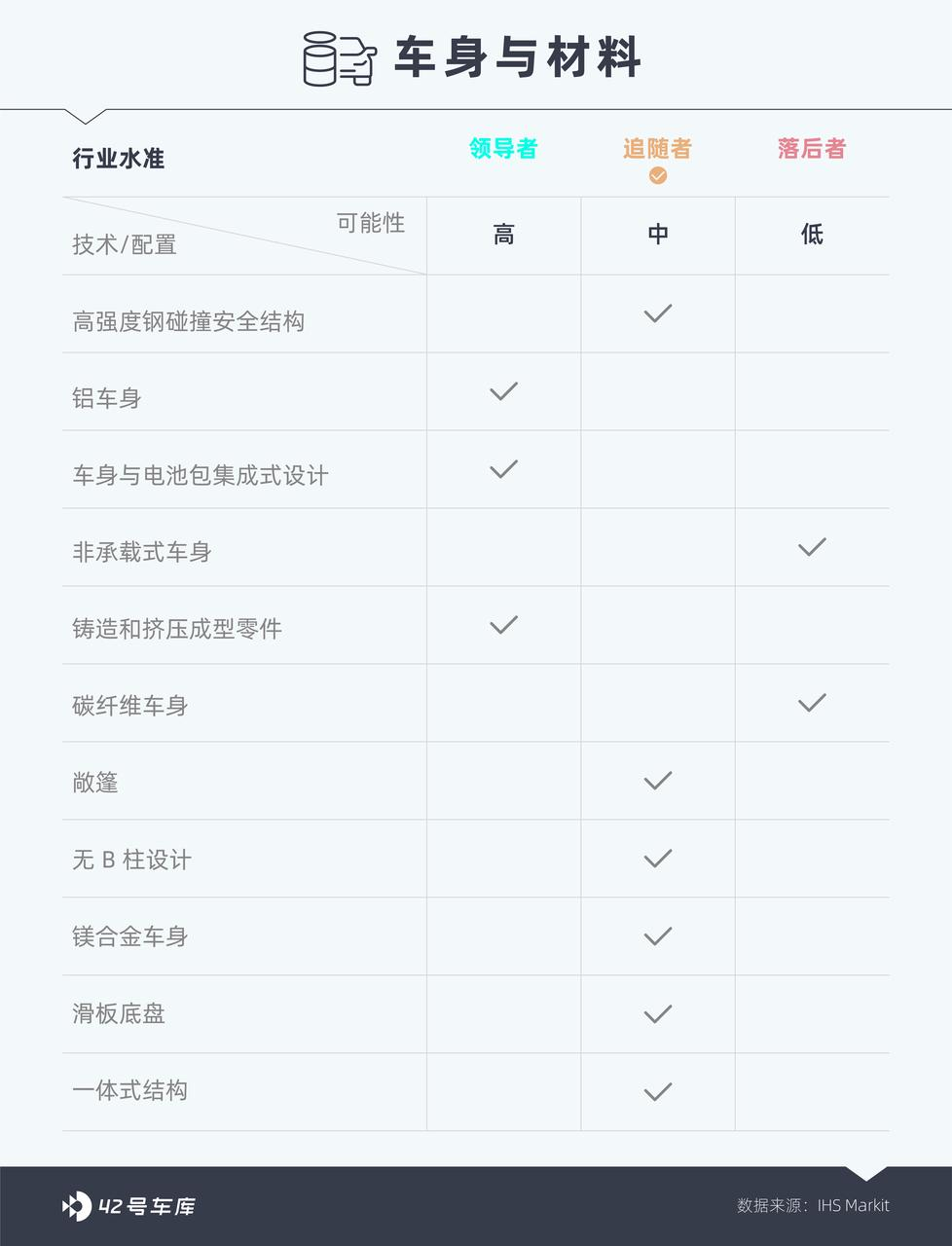
Semiconductor Design> Apple has been developing its chip design capabilities for a long time: it acquired P.A. Semi semiconductor company in 2008 and the Intel smartphone modem (baseband chip) business in 2019.
>
IHS Markit believes that due to the limitation of computing power, it is unlikely for Apple to directly use the A-series processors on mobile phones for computing in vehicle autonomous driving functions. However, considering the design capabilities of Apple in the field of arm architecture processors for mobile devices, it is very likely for Apple to design dedicated chips for vehicle autonomous driving based on existing architecture.
In addition, the proportion of automotive semiconductor components has continued to grow at a rate of 7% in recent years. Apple’s advantages in this field will contribute enormous value to the company.
Software Capability
The core design of Apple is the close integration between top-notch hardware, powerful self-developed software capabilities and services, a feature that is very likely to be extended to “Apple Car”.
Following Apple’s style in the consumer electronics industry, the software strategy of Apple’s automobile division will be more profound than most traditional automobile manufacturers, completely controlled by Apple in areas including operating systems, middleware, data analysis, and mobile connectivity functions.
UI/UX (User Interface and User Experience Design)
Among the many design styles, Apple is most likely to continue leveraging the clear and concise design language on iOS and MacOS to compete with Tesla, including having physical buttons, steering wheels, and touch interactions on the central control screen.
Apple has registered a large number of patents around the AR-HUD (Heads-Up Display) interaction, and “Apple Car” may emphasize the human-computer interaction based on the AR-HUD display. Compared with fuel-powered vehicles that need to place engines, transmissions, and clutches, the front compartment of an electric vehicle has more space for AR-HUD devices to be laid out to improve the driver’s visibility. Excellent AR-HUD can completely cancel the instrument panel just like Model 3, giving drivers a wider and clearer view.In terms of the display panel used in the car, it is not surprising that Samsung and BOE, as major suppliers of display panels in the consumer electronics field for Apple, are deeply involved in the development of display technology for Apple’s car project. Like the strategy used for the iPhone 13 Pro series, where Samsung is the exclusive supplier of OLED display panels and the lower-quality OLED screens for the iPhone 13 series are mixed with BOE and Samsung panels, Samsung may be responsible for the important display panels on Apple’s car, while BOE supplies displays that require cost control.
In addition to touch screens, Apple will also use other “more concealed touch functions” in its car project, such as touch-sensitive soft door linings and door handle cover materials that can provide pressure data. In the field of materials, 3M Corporation, which is in a leading position, may cooperate with Apple.
Finally, if Apple really launches an electric car in 2024, what I’m most interested in is the battery technology – Apple has always been willing to use high-quality materials, has strong software capabilities, and provides top-of-the-line user experiences. With a carbon fiber body, a no B-pillar design, a powerful car ecosystem, and intelligent experiences, there is nothing to worry about. instead, power batteries may lack essential innovations in the highly competitive field of electric cars, which is somewhat “unwilling to follow Apple’s will”. Based on Apple’s successful experience in exploring new areas in the past, the Apple car project is likely to be a top-of-the-line product, but the design blueprint that has been in development since 2014 has enough power to support Apple’s showdown with Tesla under the existing battery system?
The Apple car project has been going on for eight years since 2014. The design of the concept cars presented by various companies in 2022 in terms of interaction and interior design has made people more picky and excited. Hopefully, in 2024 when we stay up late to watch the live broadcast of the release of a certain iPhone, the “Apple electric car” will be the “one more thing” that blows our minds.
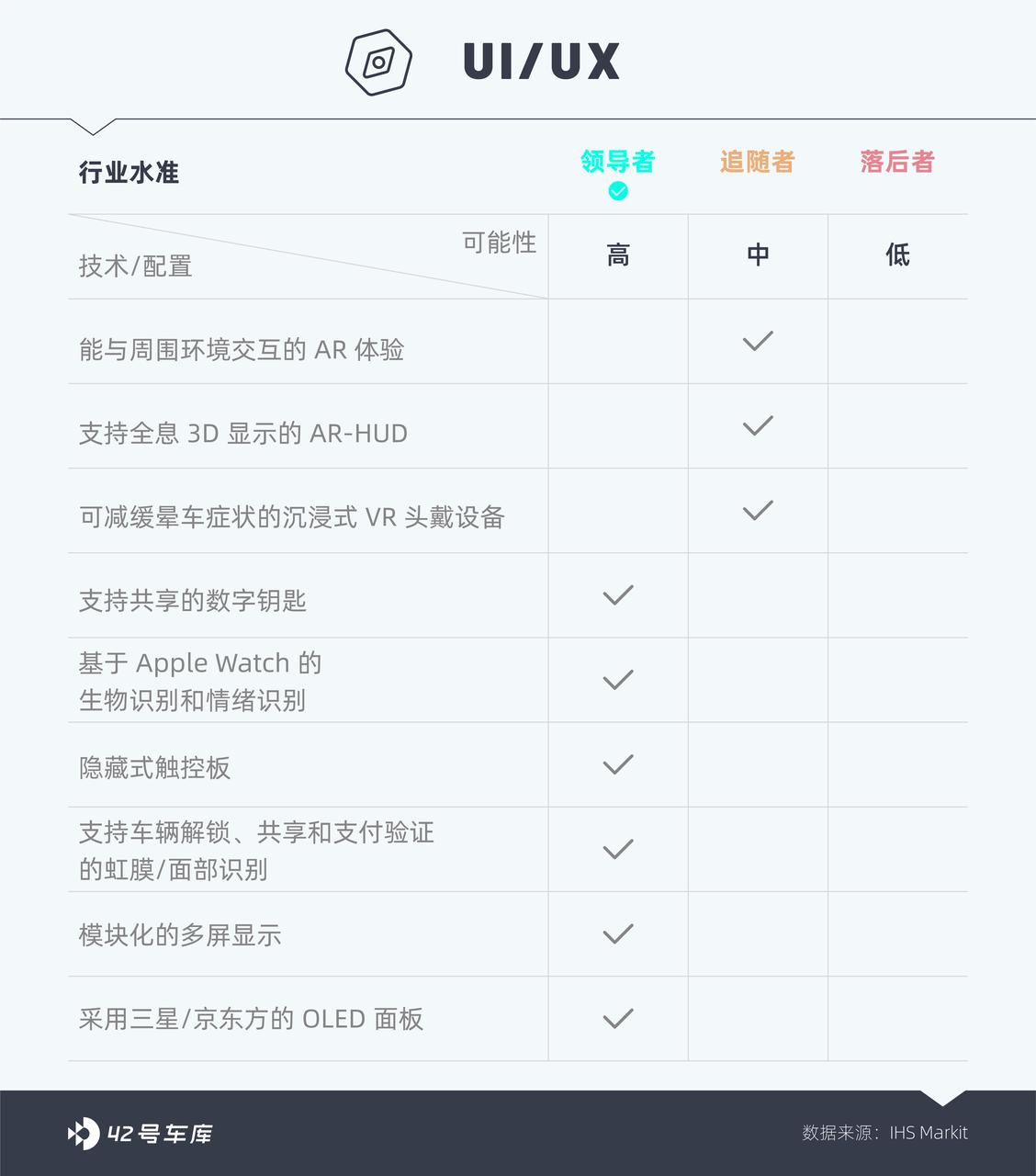
This article is a translation by ChatGPT of a Chinese report from 42HOW. If you have any questions about it, please email bd@42how.com.
